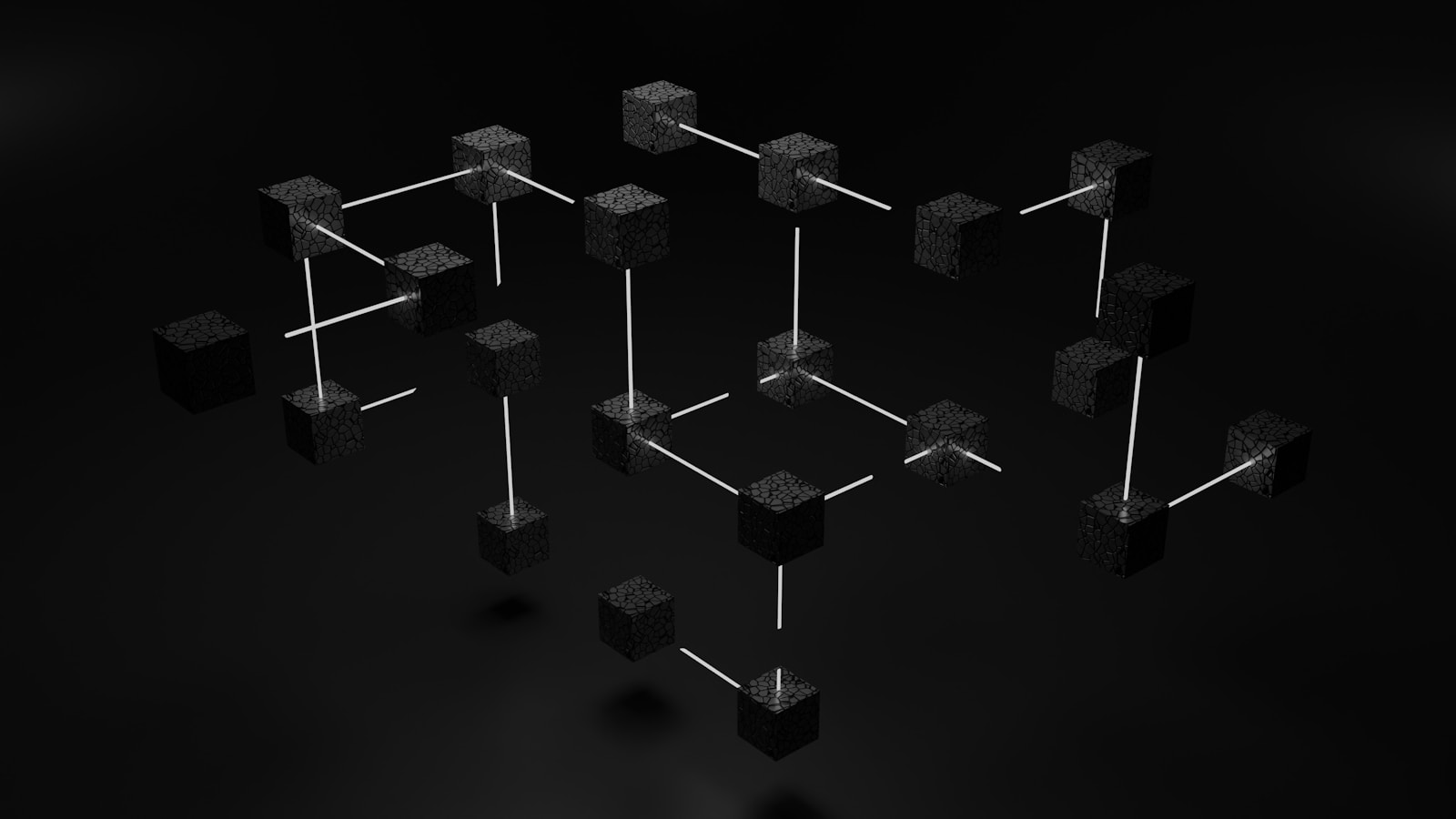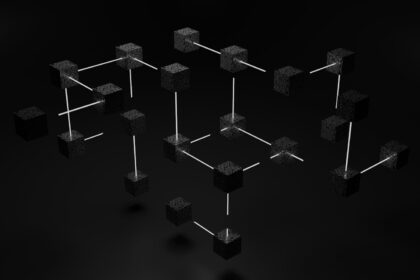Maintaining uninterrupted connectivity is critical for distributed ledgers to function correctly. When segments of the communication infrastructure become isolated due to failures or deliberate disruptions, consensus mechanisms face challenges in validating transactions. Such divisions can cause temporary forks where differing versions of the ledger coexist, leading to data inconsistencies and potential double-spending issues.
Several typical situations trigger these fragmentations: hardware malfunctions, routing misconfigurations, or attacks targeting peer-to-peer links. Each case affects synchronization differently depending on the network’s topology and protocol design. For instance, a partition isolating a minority of nodes might cause them to produce conflicting blocks that require resolution once connectivity is restored.
Healing strategies rely on re-establishing message exchange and applying conflict resolution algorithms like longest chain rule or finality checkpoints. Understanding how these healing processes unfold helps anticipate risks related to transaction reversions and ensures smoother recovery after outages. By analyzing common partition scenarios, developers can implement safeguards that reduce downtime and enhance overall system resilience.
Network partitions: blockchain split scenarios
When a distributed ledger experiences segmentation, the consensus mechanism faces significant challenges that can lead to divergent copies of the ledger. Such division occurs when communication interruptions isolate nodes into separate clusters, each continuing to validate and append transactions independently. This phenomenon results in multiple versions of the data structure existing simultaneously, which complicates transaction finality and trust assumptions across participants.
Addressing these disruptions requires understanding the underlying causes and recovery processes. Network interruptions often arise from hardware failures, targeted attacks, or misconfigurations in routing protocols. The persistence of isolated subnets can propagate conflicting states, thus magnifying inconsistencies until connectivity is restored and synchronization protocols re-establish a unified view.
Consensus implications during fragmentation
The core protocol that governs agreement on valid entries becomes strained under segmented conditions. Consensus algorithms like Proof of Work (PoW) or Practical Byzantine Fault Tolerance (PBFT) rely on continuous communication among nodes for validation and block propagation. When partitions occur, isolated groups may finalize blocks unaware of alternate histories maintained by disconnected peers. This divergence leads to temporary forks and risks double-spending or invalid transaction acceptance within those isolated segments.
Mechanisms designed for conflict resolution include longest-chain rules in PoW systems or leader election retries in PBFT-based networks. However, prolonged segmentation exacerbates latency in reaching global consensus and complicates identifying which version should prevail once partitions merge. Consequently, analyzing these situations demands careful monitoring of block timestamps, chain difficulty adjustments, and node voting behavior to predict eventual outcomes effectively.
Healing processes after reunification
Once connectivity is restored between previously divided sections, reconciliation mechanisms activate to resolve inconsistencies in ledger states. Typically, the network favors one authoritative sequence based on predefined metrics such as cumulative work or stake weight. Nodes then discard conflicting branches and synchronize their ledgers accordingly. This healing phase is crucial for reinstating uniform data integrity but may temporarily disrupt transaction confirmation times due to reorganization events.
For instance, Ethereum’s approach involves reprocessing blocks from shorter forks while maintaining application state consistency through smart contract execution environments. Other architectures implement checkpointing strategies that periodically solidify finalized states immune to rollback even during partition episodes. These practical examples demonstrate how robust design choices mitigate adverse effects arising from segmented operations.
Practical cases illustrating segmentation effects
A notable real-world incident occurred during the 2016 Ethereum DAO hard fork when disagreements over code execution led to an effective ledger bifurcation until consensus was reached via community coordination efforts. Similarly, Bitcoin has experienced transient network splits due to miner misconfigurations causing temporary chain divergences resolved by convergence rules embedded in its protocol.
- Mining pools operating with outdated software caused delays in block propagation leading to competing chains forming briefly.
- P2P overlay failures induced by DDoS attacks fragmented node connections impacting transaction flow consistency.
- Protocol upgrades sometimes introduce incompatibilities prompting voluntary divisions until majority adoption aligns all participants again.
Recommendations for minimizing segmentation impact
Maintaining resilient communication infrastructure with redundant paths reduces isolation likelihood among participants. Implementing adaptive timeout parameters enables quicker detection of unreachable peers triggering fallback procedures sooner. Additionally, incentivizing timely software updates promotes homogeneous protocol versions limiting incompatibility-induced separation risks.
- Establish diversified routing schemes: Avoid single points of failure by leveraging multiple network providers or overlays.
- Enhance monitoring frameworks: Deploy tools tracking node responsiveness and block propagation delays in real-time.
- Create contingency protocols: Design automatic rollback or freeze mechanisms preventing irreversible damage during extended partition intervals.
Conclusion on managing distributed ledger fragmentation
Divergence episodes present complex challenges affecting validation certainty and operational continuity within decentralized environments. Understanding technical nuances behind these divisions aids developers and operators in crafting more robust ecosystems capable of graceful degradation and swift recovery. By integrating comprehensive detection systems alongside thoughtful consensus designs, it becomes feasible to uphold security guarantees even amidst unpredictable disruptions affecting participant connectivity structures.
Causes of Blockchain Network Splits
The primary reason for the emergence of partitions within a decentralized ledger lies in disruptions to connectivity. When nodes lose communication with each other due to network outages, misconfigurations, or physical infrastructure failures, isolated clusters form. These separated groups continue processing transactions independently, which leads to divergent transaction histories and consensus states. Such fragmentation challenges the integrity of the shared ledger and complicates eventual reconciliation.
Another significant factor involves software upgrades or protocol changes. When subsets of participants adopt differing versions of the underlying code without unanimous agreement, incompatible rulesets cause transaction validation disagreements. This divergence can create persistent discrepancies where separate chains operate under conflicting consensus mechanisms until manual intervention or automatic healing occurs.
Technical Triggers Behind Ledger Fragmentation
Connectivity issues such as latency spikes, bandwidth limitations, or routing anomalies can isolate nodes temporarily. For example, during regional internet shutdowns or cloud provider outages, partitions arise as affected nodes become unreachable. These real-world events demonstrate how external factors directly influence network cohesion and may trigger unintended bifurcation.
Divergent consensus outcomes also occur when miners or validators receive competing block proposals simultaneously–a phenomenon known as a fork race. In proof-of-work systems like Bitcoin, this may result in short-lived chain reorganizations resolved by eventual convergence on the longest chain. However, if disagreements persist because some participants reject certain blocks due to validation conflicts or policy differences, extended coexistence of alternate histories ensues.
- Protocol disputes: Differing interpretations of protocol specifications lead to incompatible transaction acceptance.
- Network latency: Delays in message propagation cause asynchronous state updates between node groups.
- Hardware failures: Node crashes isolate segments until reboot and resynchronization.
A pertinent case study is the Ethereum DAO incident in 2016 when a contentious hard fork introduced two separate ledgers: one supporting the rollback of exploited funds and another preserving immutability principles. This event illustrates how ideological divides combined with technical execution can create durable partitions requiring clear resolution strategies.
The process of restoring unified operation depends heavily on robust consensus algorithms capable of resolving conflicting states post-partition. Mechanisms like checkpointing, finality gadgets, and reorganization limits help minimize damage from transient splits and facilitate smooth reintegration once connectivity is restored. Continuous monitoring and adaptive governance are essential to detect early signs of fragmentation and implement corrective measures promptly.
Impact on Transaction Finality
Transaction finality is significantly affected by disruptions in connectivity that cause network partitions within distributed ledger systems. When nodes lose communication, the system may temporarily diverge into separate branches, leading to competing transaction histories. This fragmentation creates uncertainty about which transactions are ultimately confirmed, as different segments of the network might accept conflicting states. Understanding these effects requires analyzing how consensus mechanisms handle isolated subgraphs and reconcile inconsistencies once communication is restored.
In partitioned conditions, transactions confirmed on one side of the divide can be reversed or orphaned after healing occurs and a canonical chain is selected. For example, in proof-of-work systems, longer chains eventually override shorter ones upon reconnection, invalidating some previously accepted operations. Such rollbacks undermine user trust and complicate applications relying on immediate transaction certainty, emphasizing the need for designs that minimize risks from connectivity interruptions.
Technical Considerations and Case Studies
Various real-world events illustrate how impaired connectivity impacts transaction finalization. During the 2016 Ethereum DAO fork incident, differing client implementations led to an effective split where two groups processed divergent transactions until coordinated resolution restored unified state. Similarly, Bitcoin’s occasional temporary forks demonstrate how short-lived partitions produce transient double-spend vulnerabilities before consensus re-consolidates. These episodes reveal that latency and message delays are critical factors influencing confirmation timeframes and consistency guarantees.
The healing process after partitioning involves complex reconciliation protocols to merge divergent ledgers while preserving integrity. Some permissioned networks implement explicit checkpointing or quorum-based recovery methods to expedite convergence and reduce ambiguity in finalized data. Additionally, newer consensus algorithms incorporating finality gadgets or asynchronous Byzantine fault tolerance aim to provide stronger assurances even amid partial outages. Ultimately, reducing the window of uncertainty during splits enhances user confidence by ensuring that accepted transactions remain immutable following restoration of full node connectivity.
Resolving Forks After Partition
Restoring consensus after a network segmentation requires immediate reconciliation of diverging transaction histories. The key approach involves prioritizing the chain with the greatest cumulative difficulty or stake weight, depending on the protocol’s consensus mechanism. This ensures that nodes realign under a single authoritative ledger once connectivity is reestablished, reducing risks of double spending and inconsistent states.
Healing disjointed ledgers demands careful handling of data consistency and transaction finality. During isolation, independent subgraphs produce conflicting blocks, making synchronization complex. Modern systems deploy mechanisms such as checkpointing and finalized blocks to minimize rollback lengths when partitions resolve, thereby accelerating convergence and limiting operational disruptions.
Technical Approaches to Post-Segmentation Reconciliation
Consensus algorithms like Proof-of-Work (PoW) rely on longest-chain rules to automatically resolve forks after partition recovery. For instance, Ethereum’s transition to Proof-of-Stake (PoS) incorporates finality gadgets that finalize blocks irreversibly after certain confirmations, helping to avoid indefinite reorganizations. In permissioned environments using Practical Byzantine Fault Tolerance (PBFT), nodes execute view changes that swiftly restore agreement without forking extensively.
Connectivity restoration triggers state exchanges between isolated components. Nodes compare block hashes and synchronize missing data by requesting segments from peers on the canonical path. This process often employs gossip protocols or direct peer-to-peer fetches for efficient propagation. Some platforms incorporate adaptive timeout parameters to detect healed links promptly, preventing prolonged divergence.
Real-world cases illustrate different complexities in partition healing. In 2016, Ethereum Classic suffered a temporary network split due to node misconfiguration causing two incompatible fork paths; resolution involved community coordination and client updates enforcing stricter validation rules. Alternatively, Bitcoin Cash experienced contentious chain divergence post-hard fork but resolved via economic majority support aligning miners on one consistent ledger.
Avoiding extended inconsistencies requires proactive monitoring of connectivity health indicators such as latency spikes or message loss rates. Automated alerts can prompt validators or miners to pause block production temporarily until stable communication resumes, minimizing wasted computational resources on invalid forks. Additionally, incorporating partial synchronization checkpoints improves robustness during intermittent link failures.
The combined use of robust consensus models, efficient data reconciliation protocols, and vigilant connectivity assessments enables dependable restoration of unified ledger states following fragmentation events. Understanding these technical foundations empowers operators and developers to design resilient infrastructures capable of managing unexpected segmentation without compromising integrity or trustworthiness.
Conclusion: Strategies to Mitigate Connectivity-Induced Consensus Risks
Ensuring rapid and reliable healing of network disruptions is fundamental to maintaining a unified ledger state across distributed nodes. Technical measures such as adaptive gossip protocols, timeout adjustments, and diversified peer selection significantly reduce the persistence of connectivity issues that might otherwise cause divergent transaction histories.
Implementing consensus mechanisms with robust finality guarantees–like Byzantine Fault Tolerant algorithms or hybrid PoW/PoS models–can limit the window during which conflicting branches emerge. For instance, Tendermint’s instant finality helps prevent long-lasting forks by requiring immediate agreement from validators before appending blocks, thus minimizing vulnerability to segmentations.
- Proactive Connectivity Monitoring: Real-time detection of latency spikes or node isolation allows prompt corrective actions before chain divergence occurs.
- Partition-Tolerant Consensus Designs: Protocols that gracefully handle temporary message loss without producing conflicting states enhance resilience against fragmentation incidents.
- State Reconciliation Tools: Automated merge strategies for reconciling divergent ledger versions post-healing reduce manual intervention and data inconsistency risks.
The broader implications extend beyond technical stability; economic incentives must align to discourage exploitation of transient fragmentation. Attackers often capitalize on these moments of instability to execute double-spends or disrupt service availability. Future protocol upgrades should integrate layered defense frameworks combining cryptoeconomic penalties with improved network topologies.
Emerging trends such as cross-layer observability and AI-driven anomaly detection promise earlier identification and resolution of disruptive conditions. As decentralized ecosystems expand in scale and geographic dispersion, innovations in self-healing communication channels will be pivotal in preventing persistent ledger bifurcations. Cultivating such adaptive architectures ensures integrity and trustworthiness remain intact even under adverse conditions, securing the foundation for scalable distributed consensus systems moving forward.





